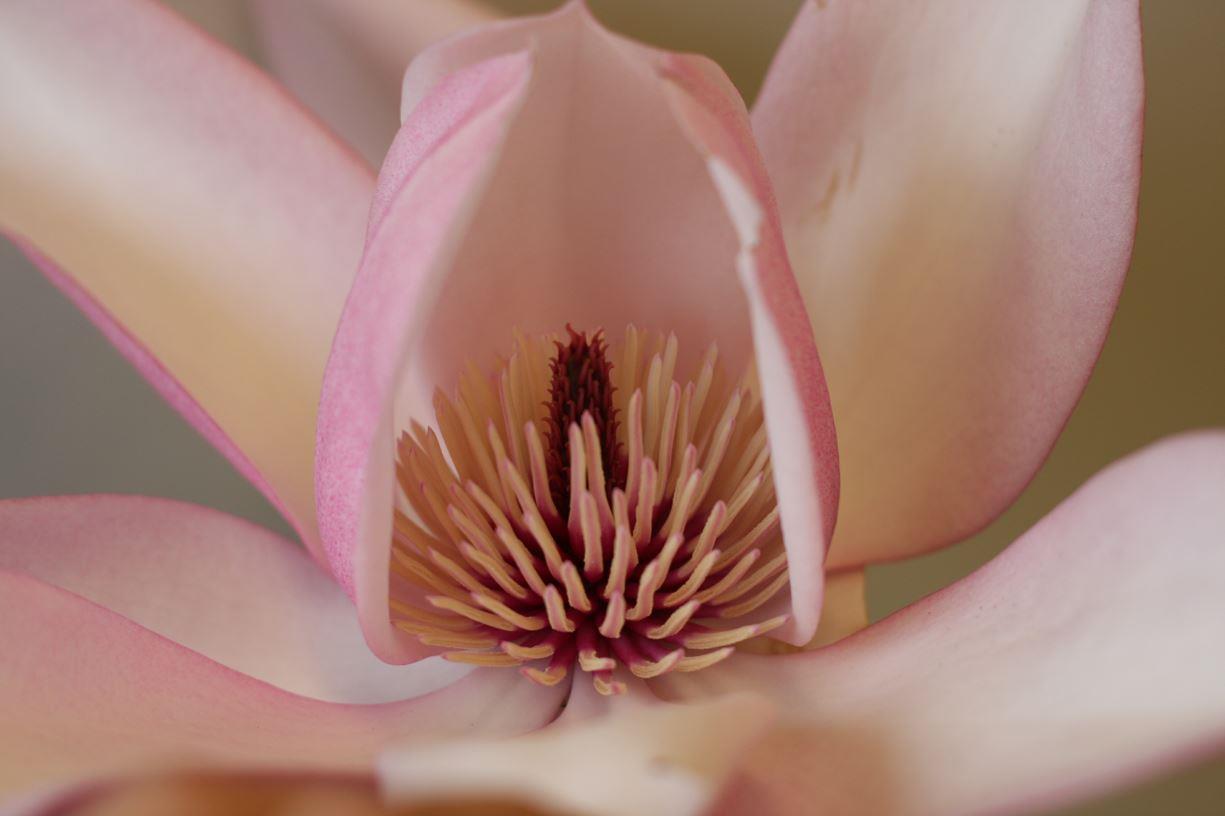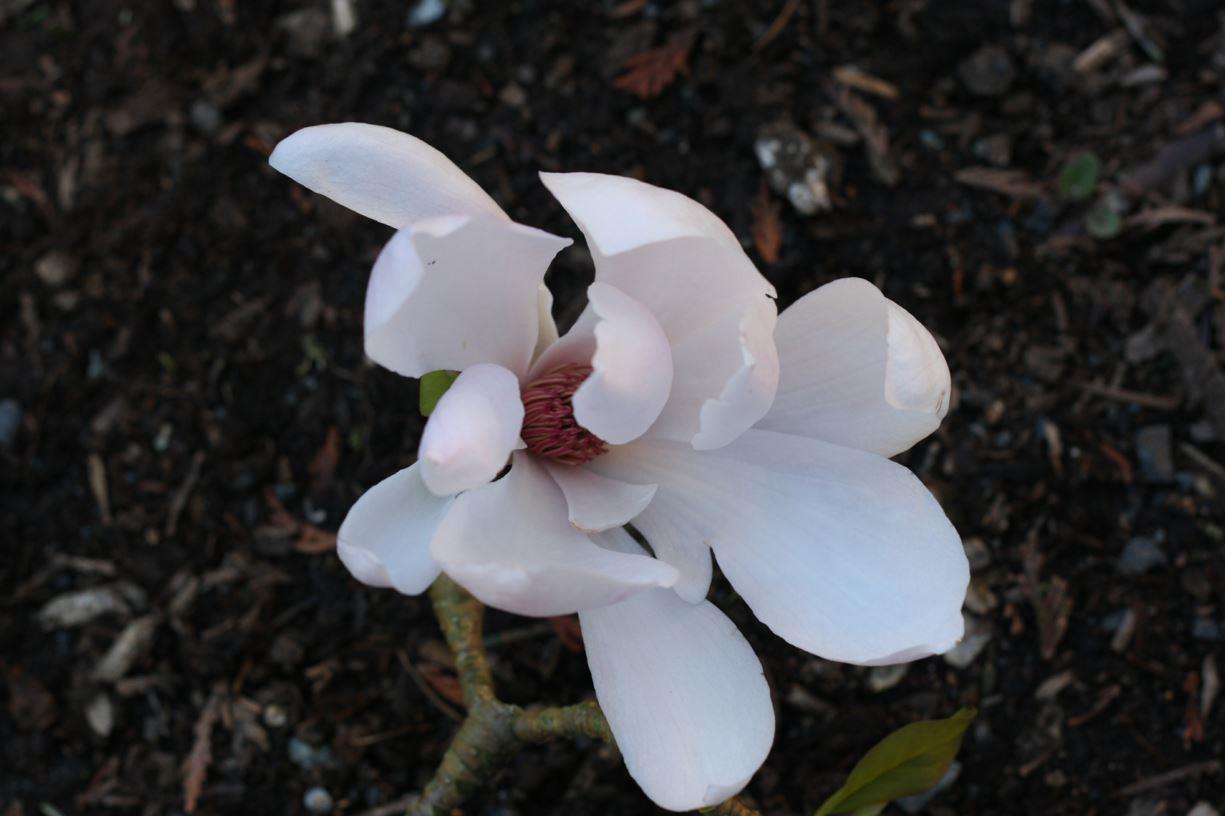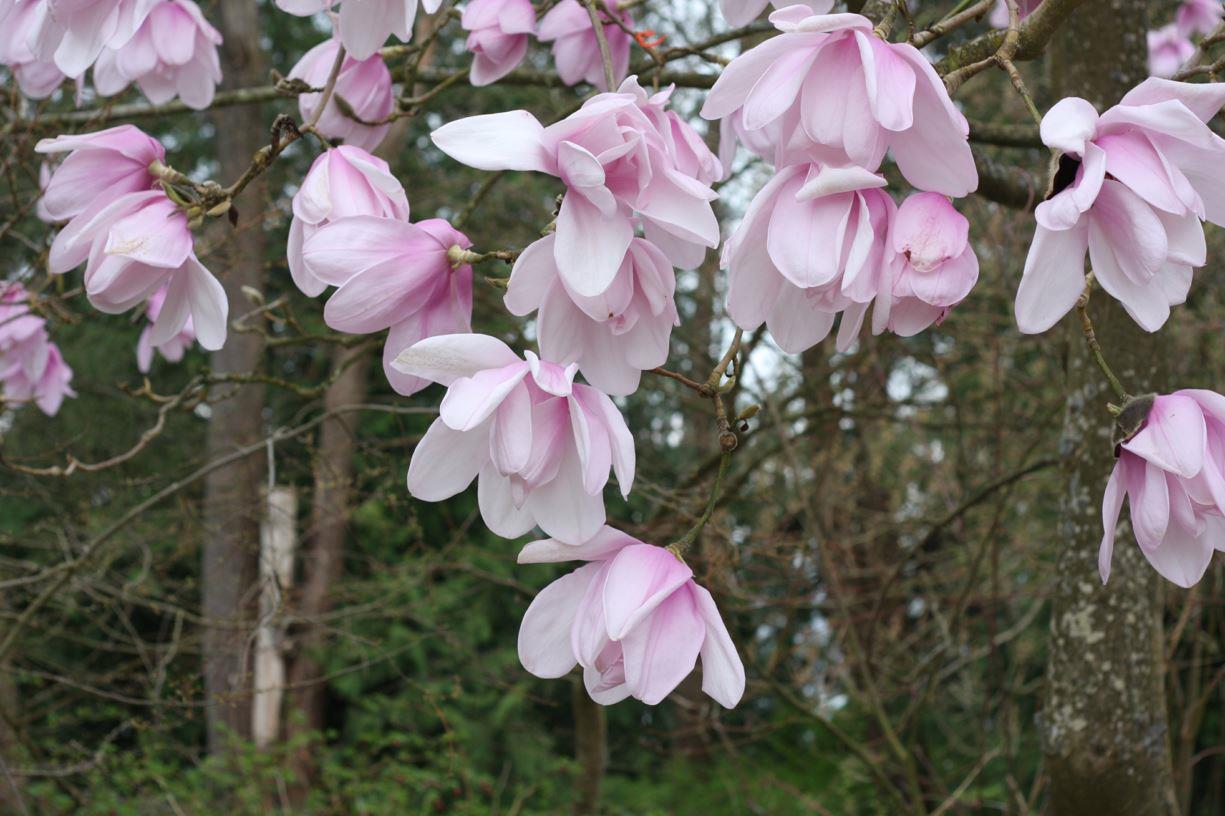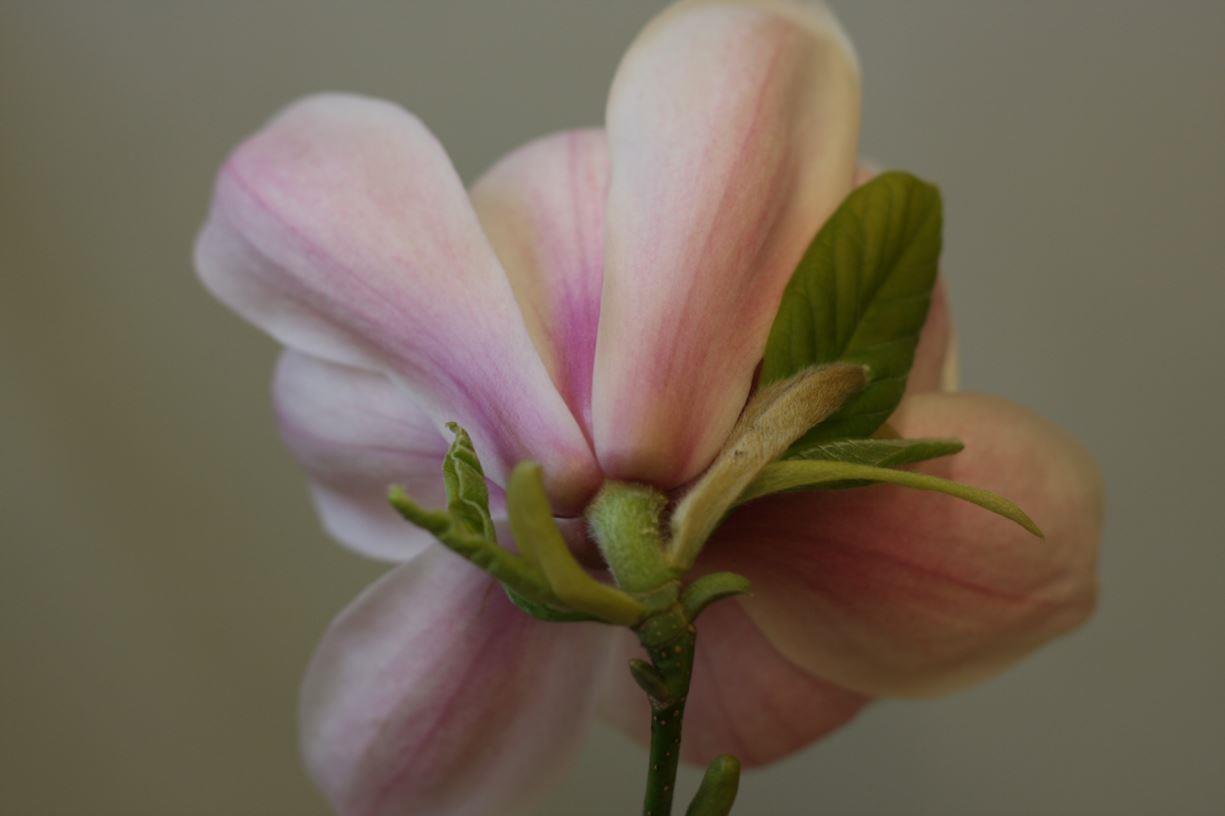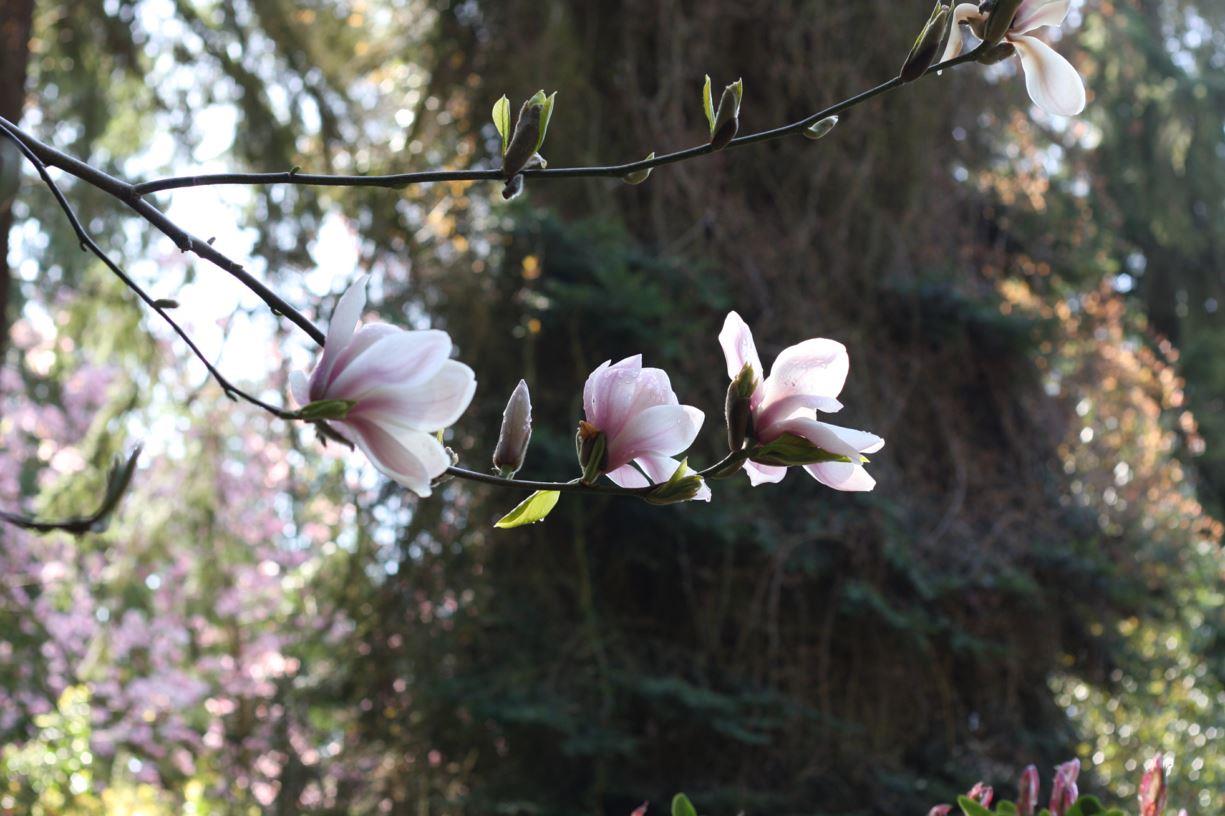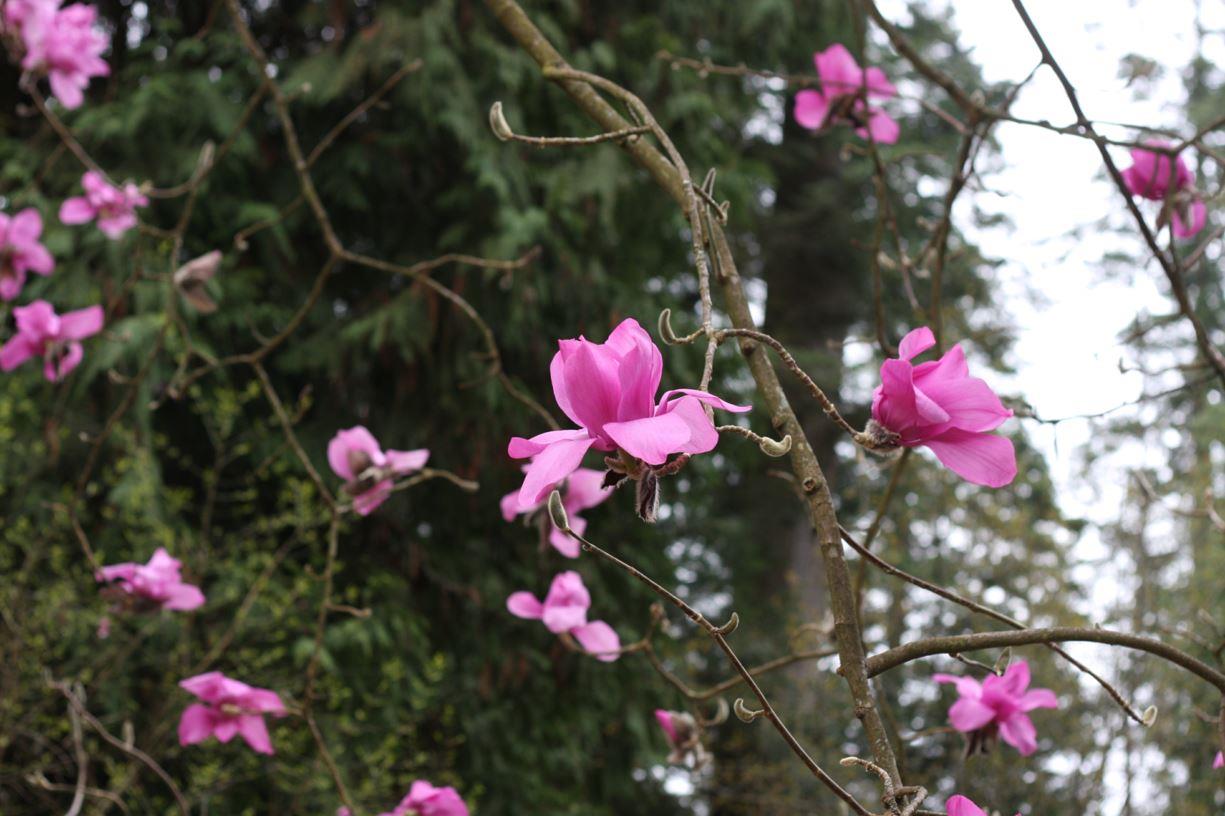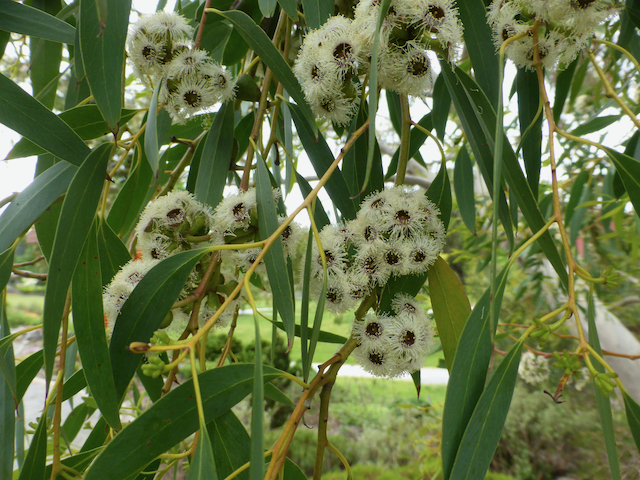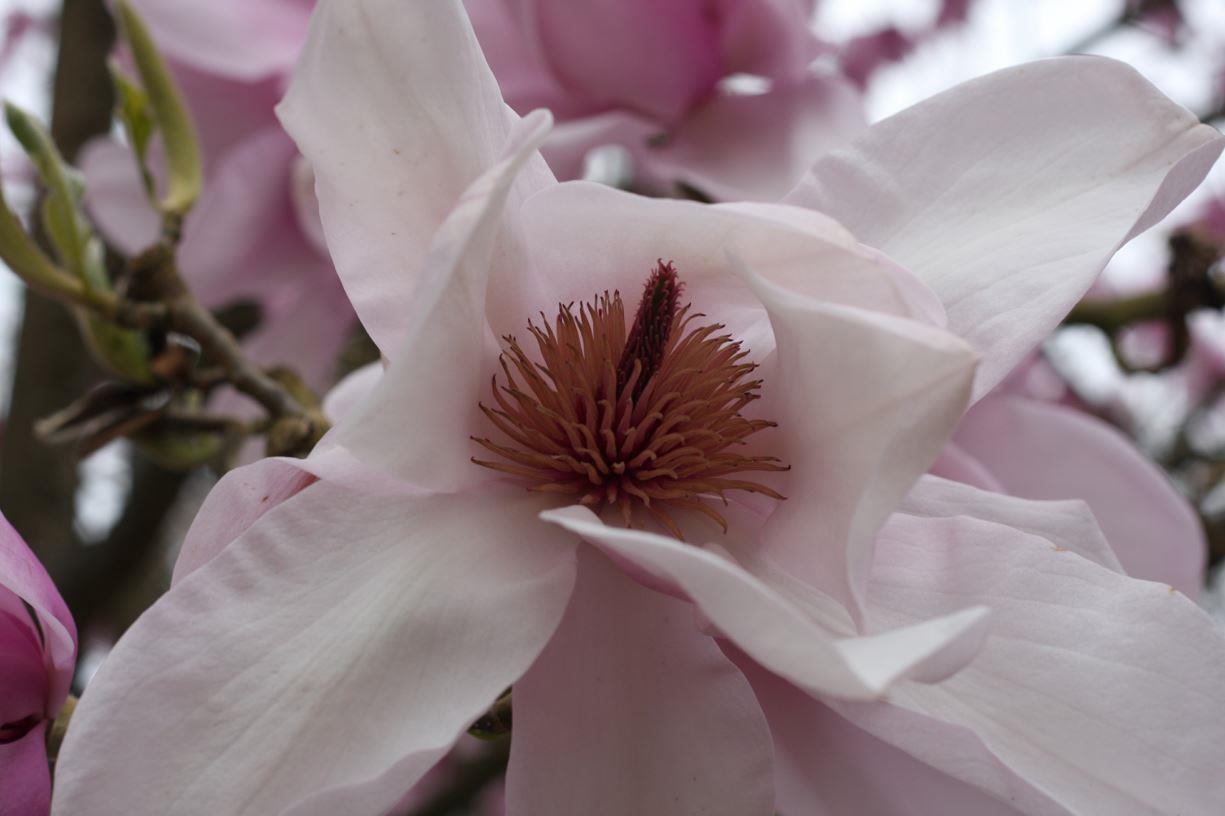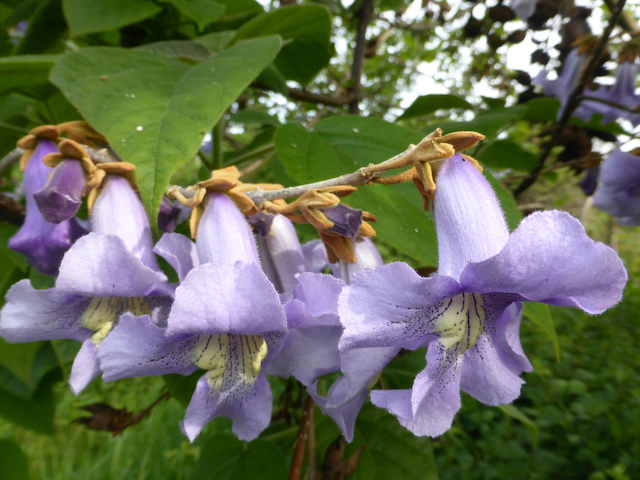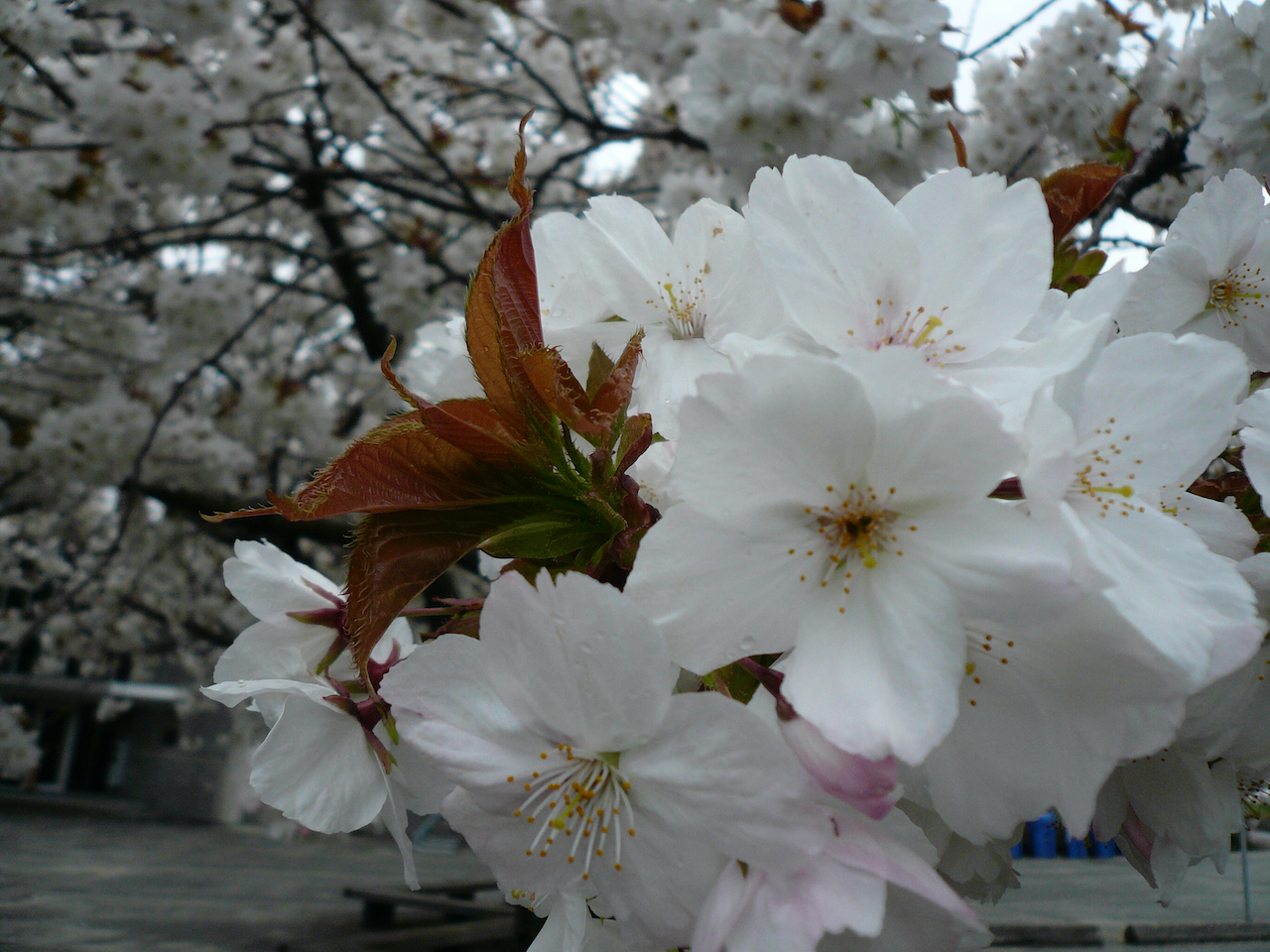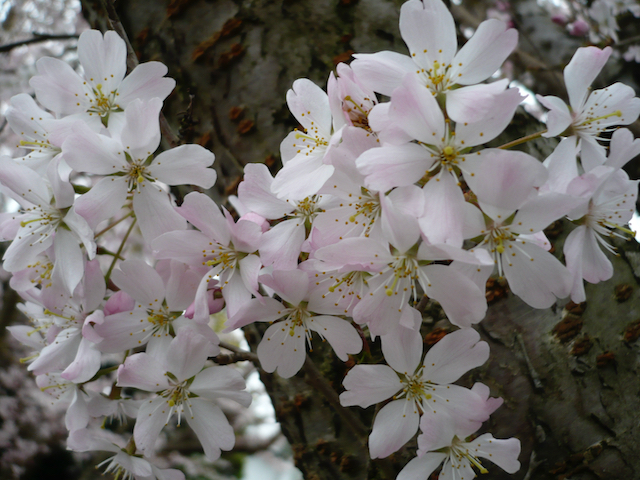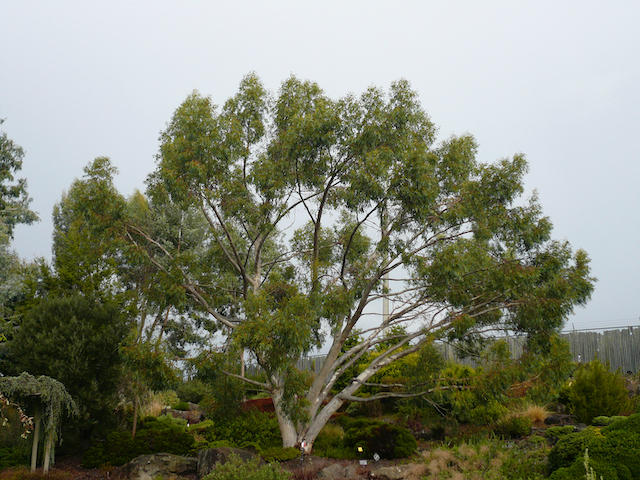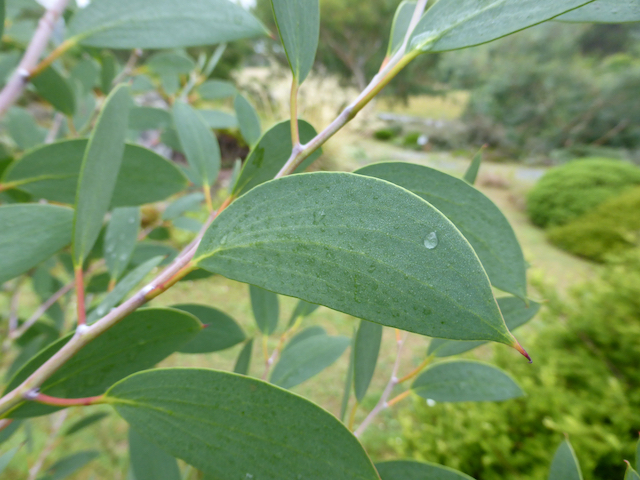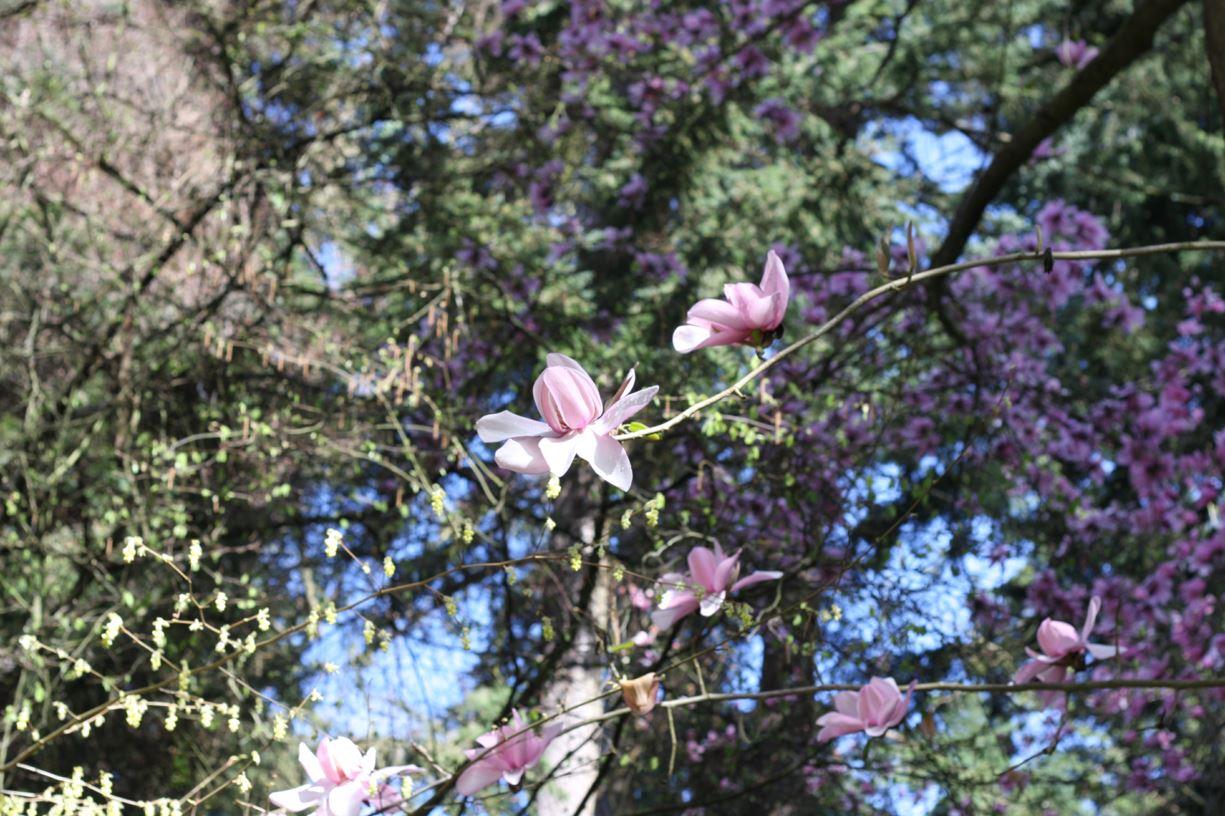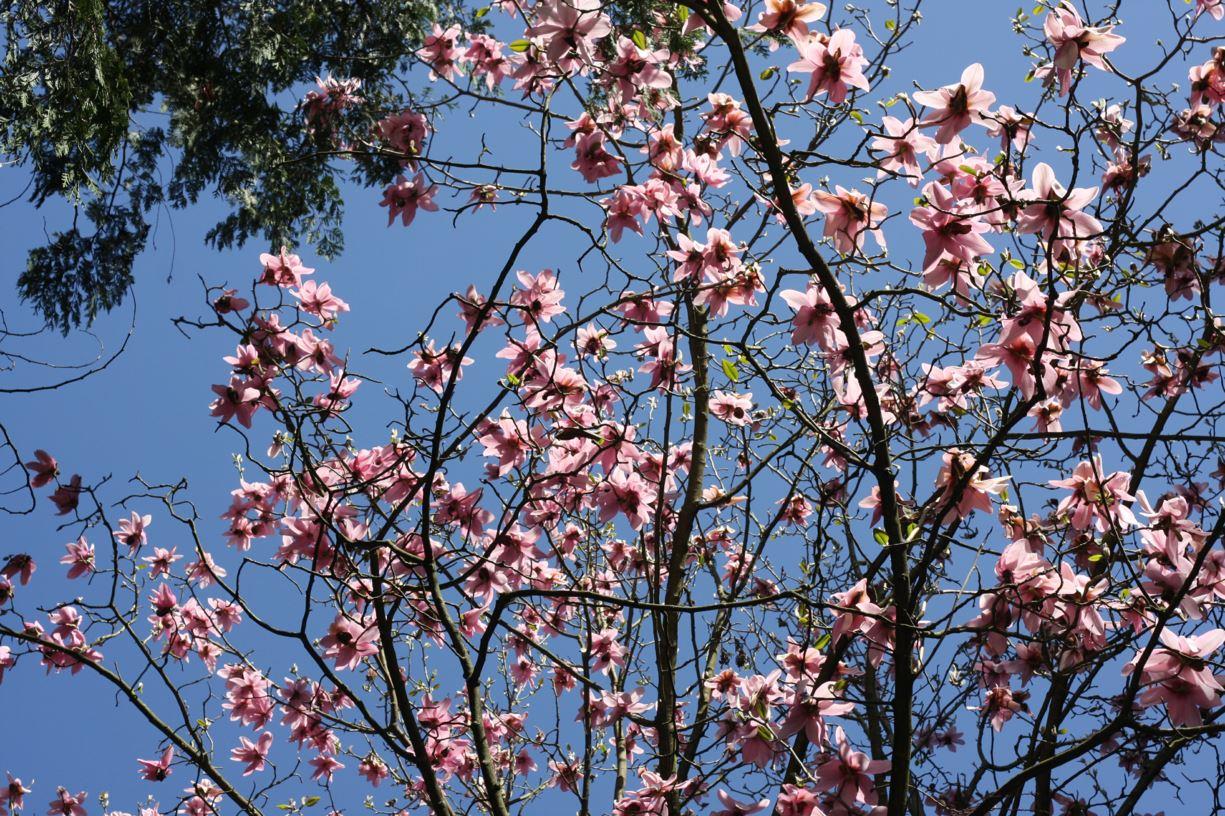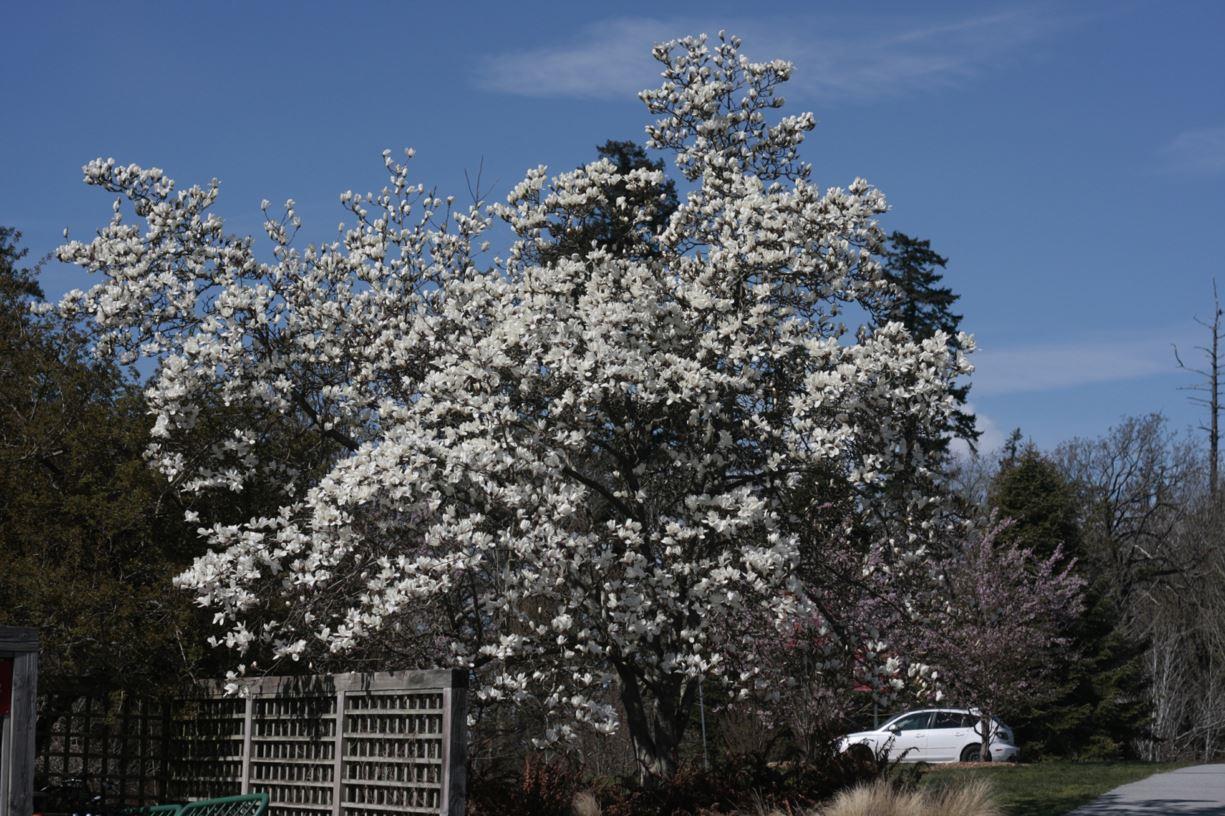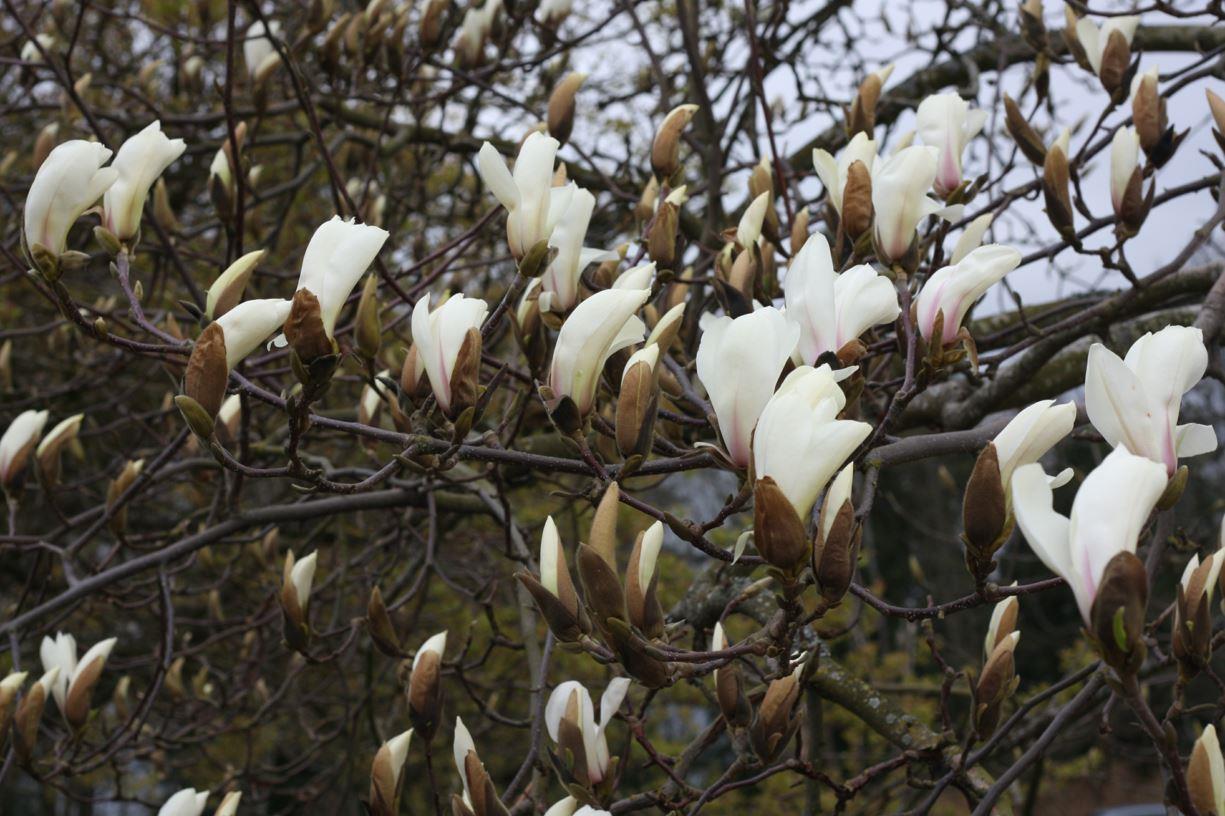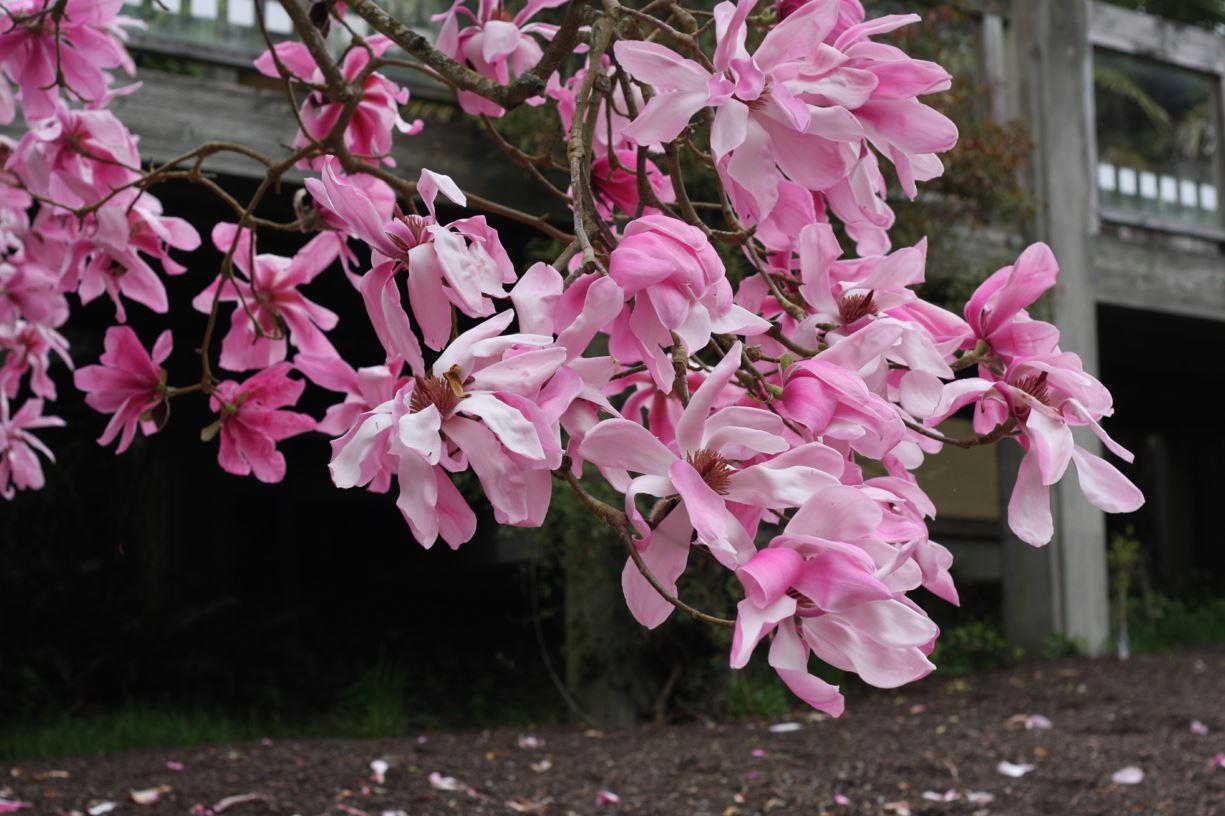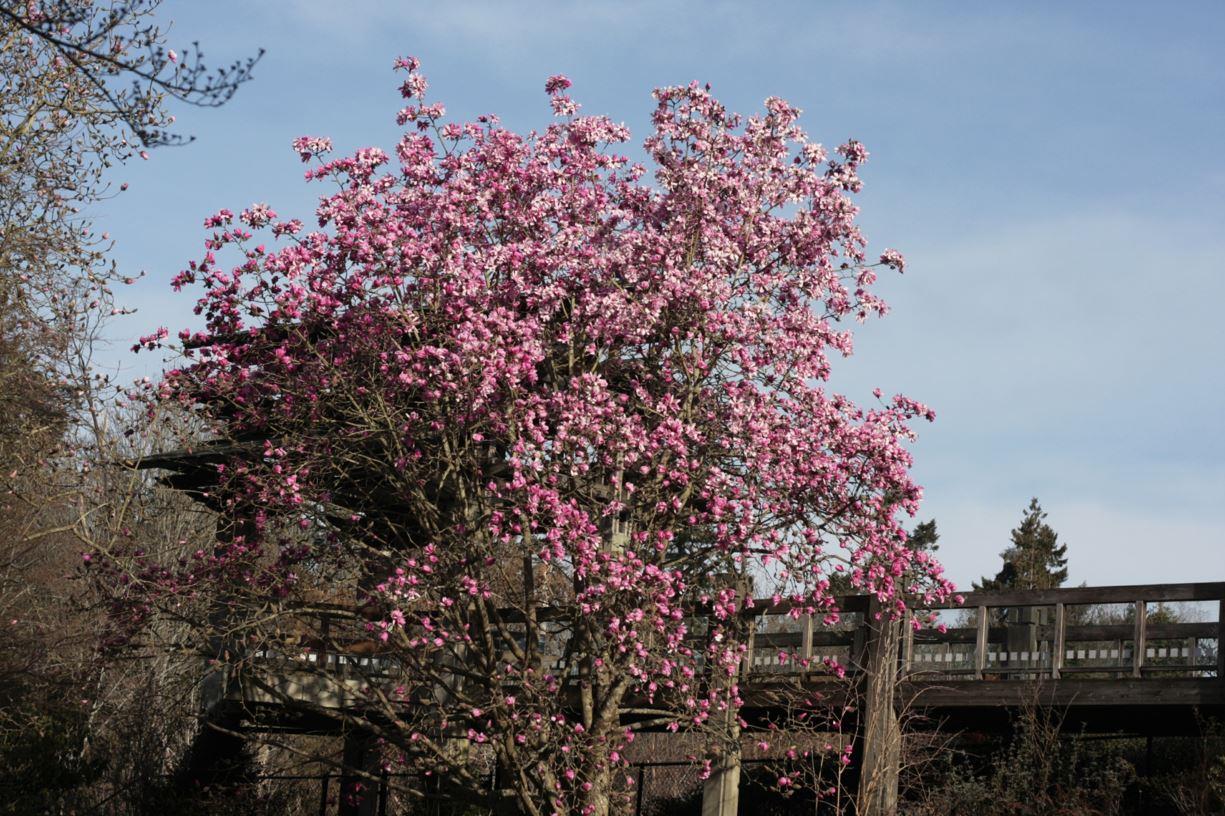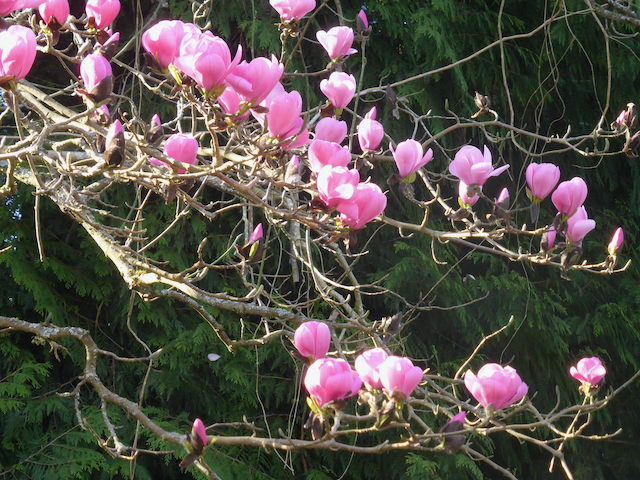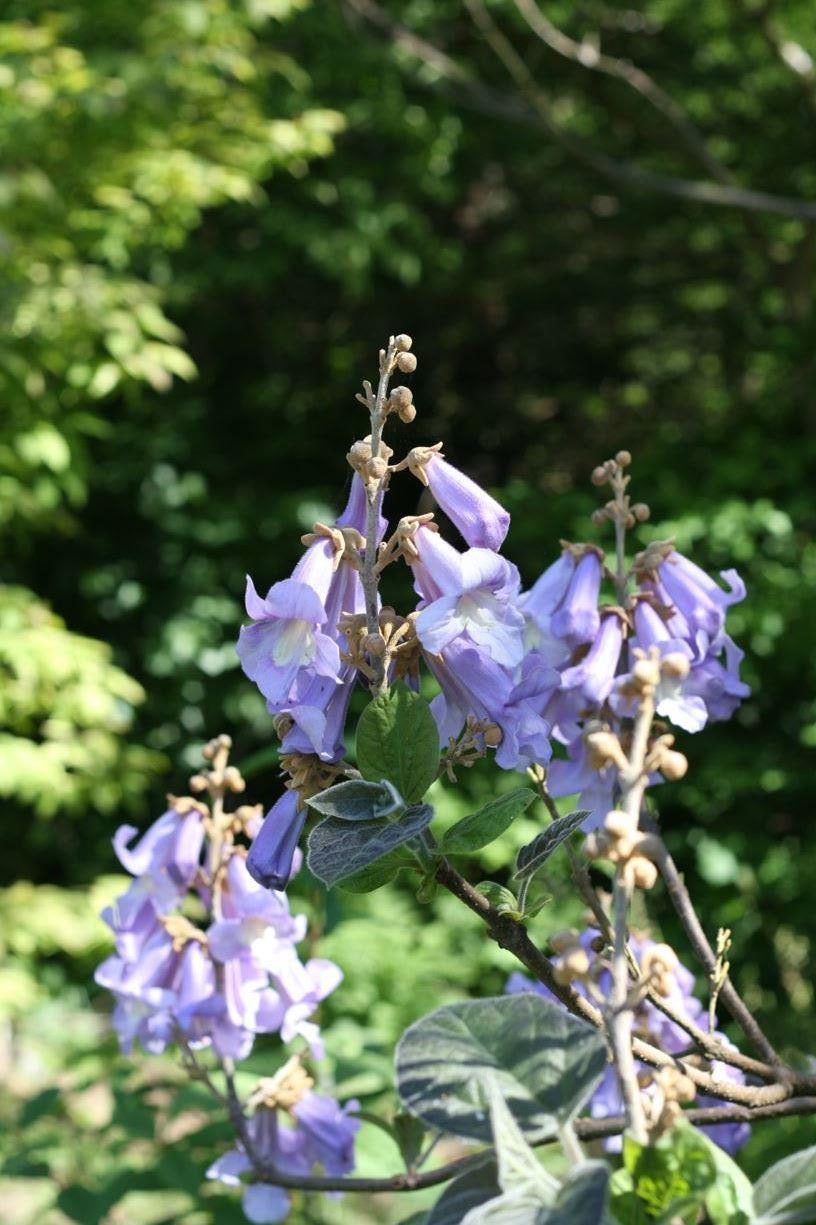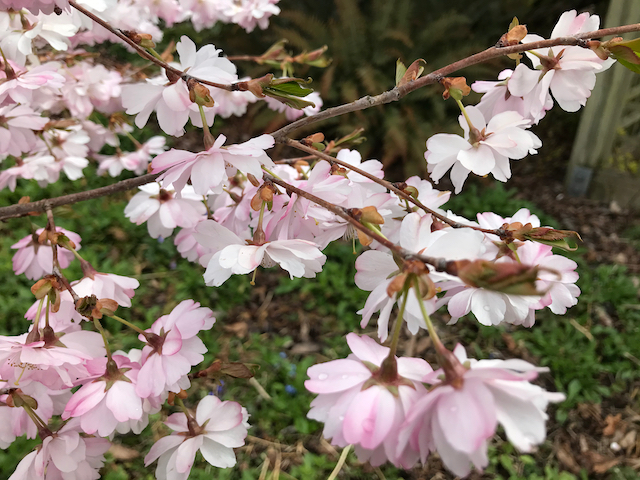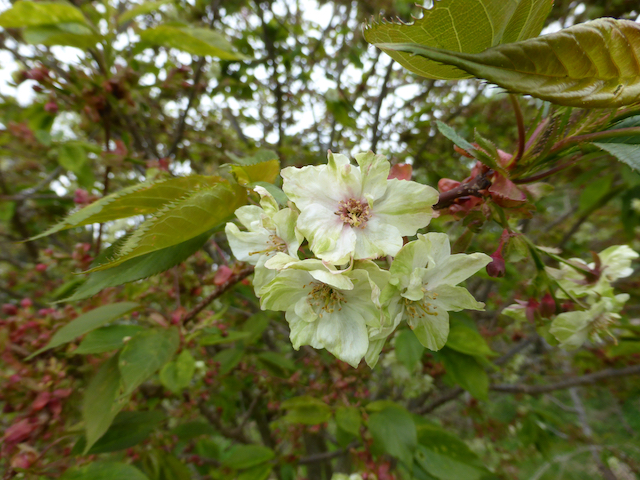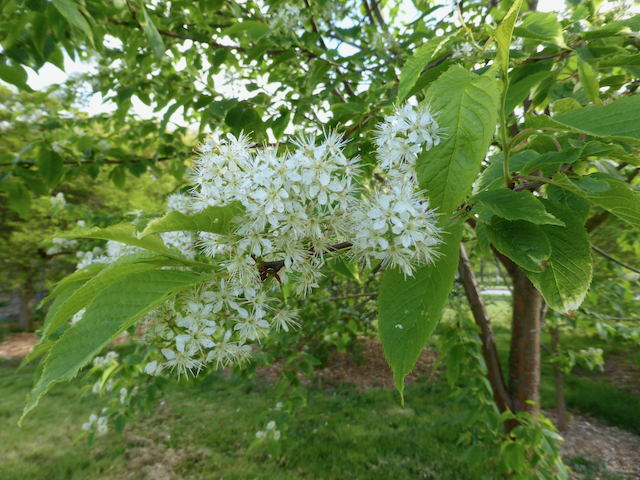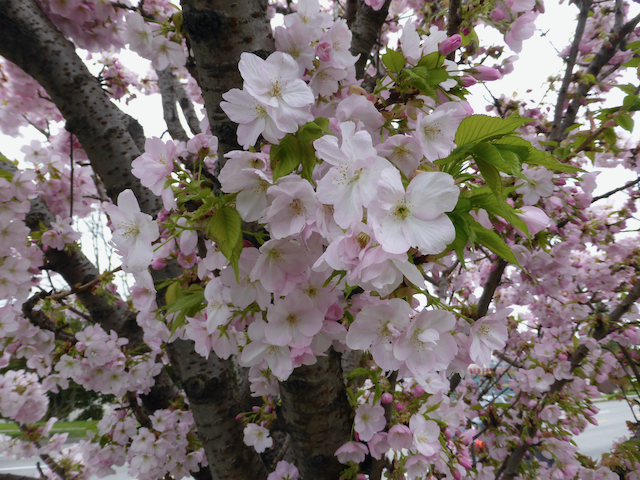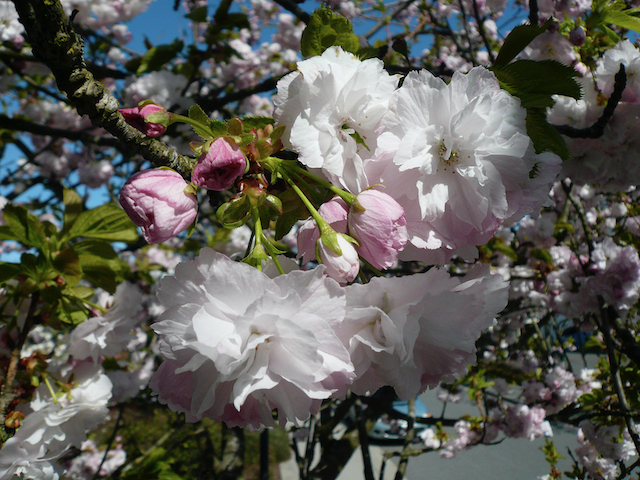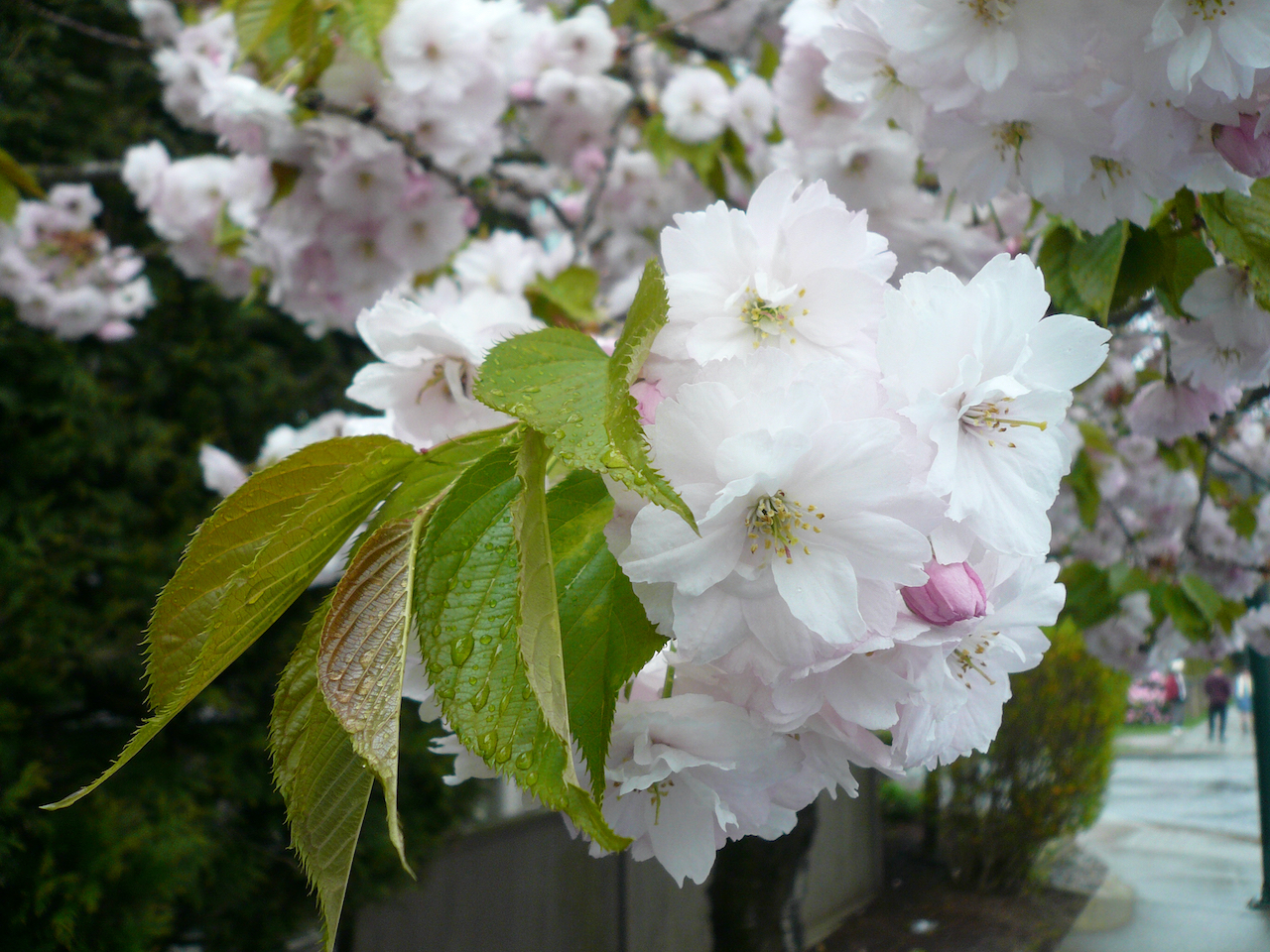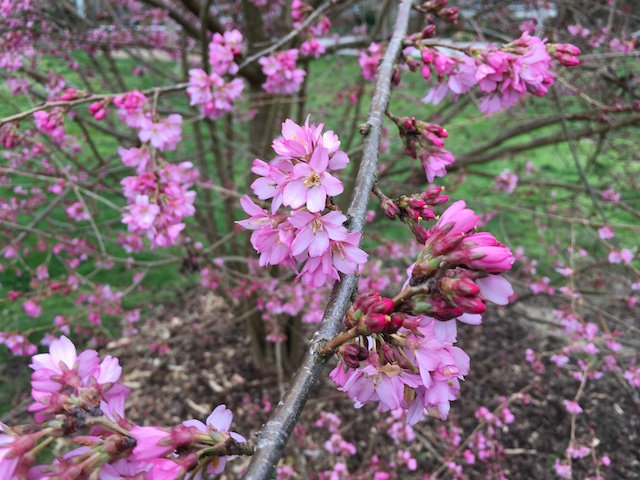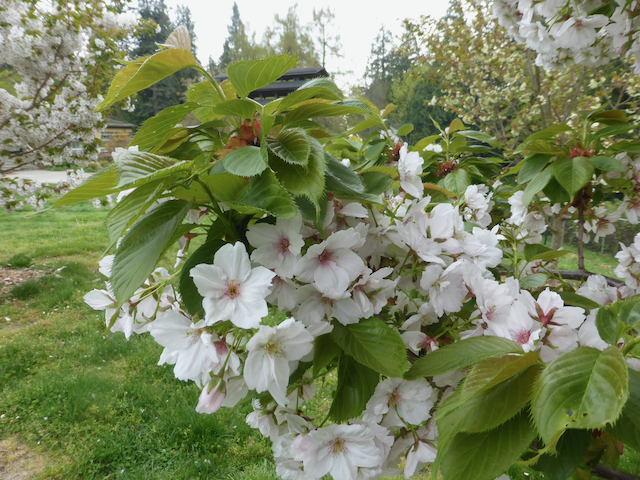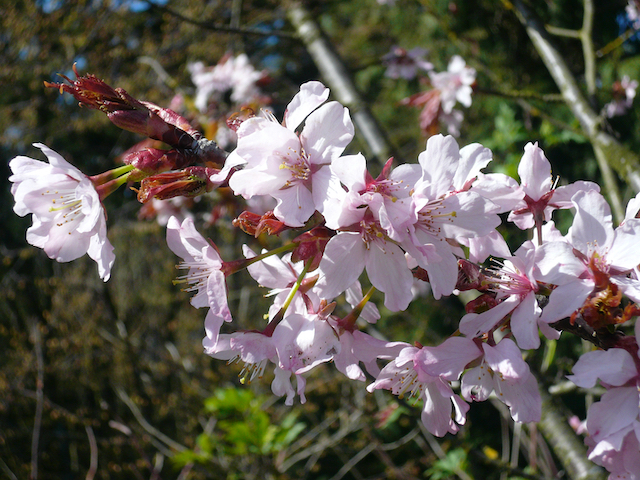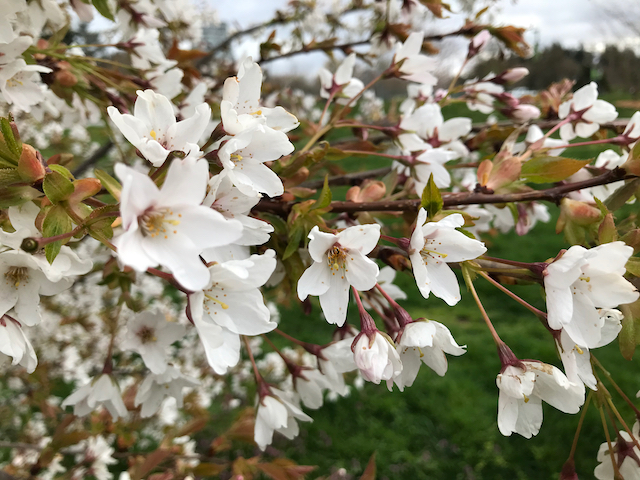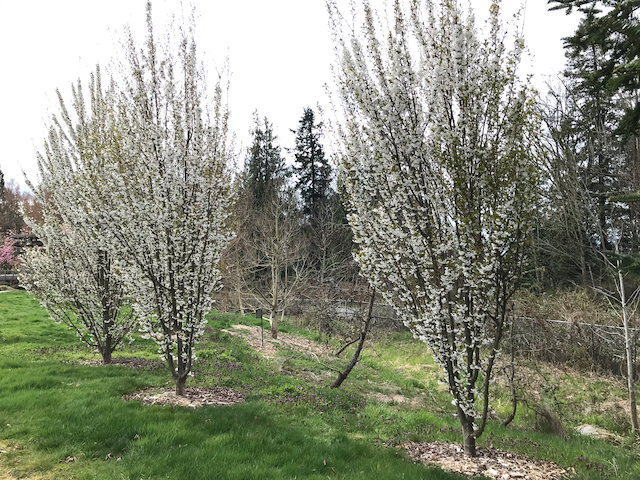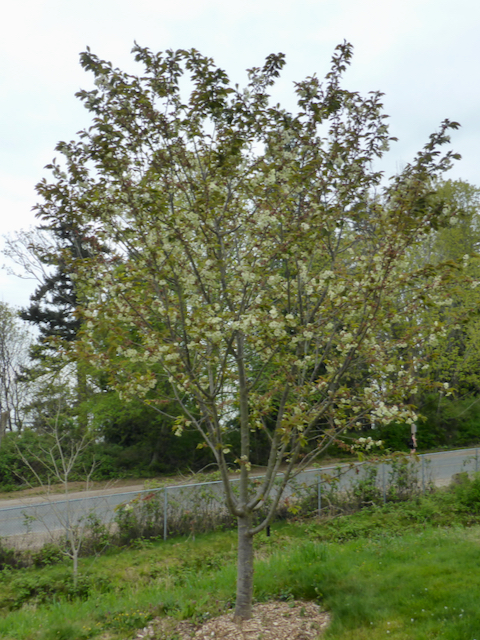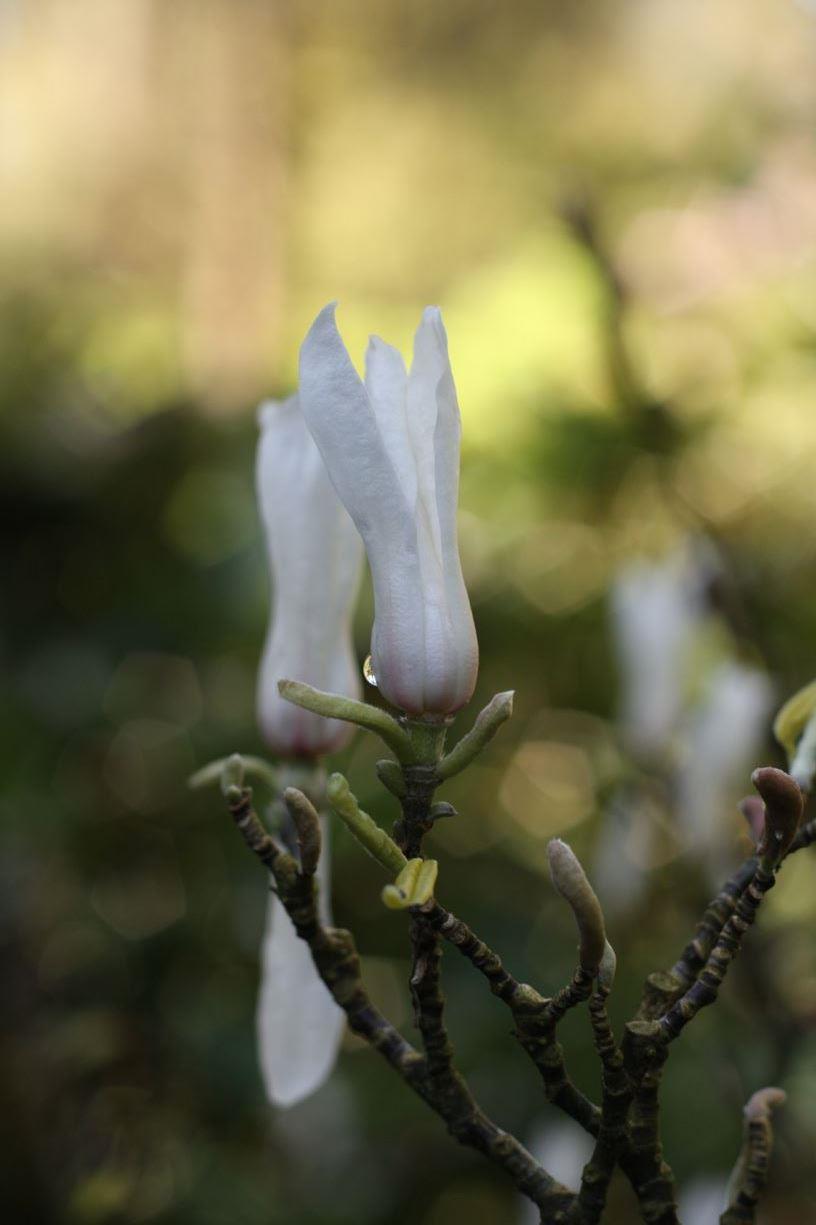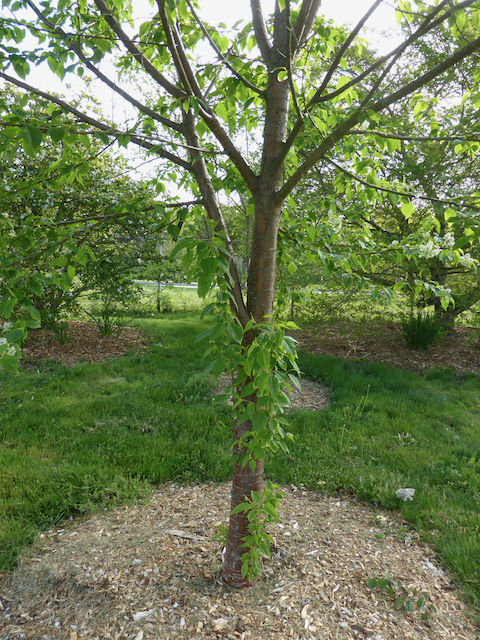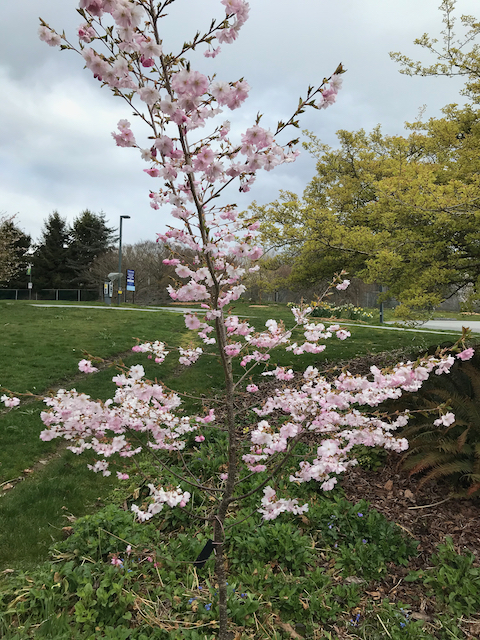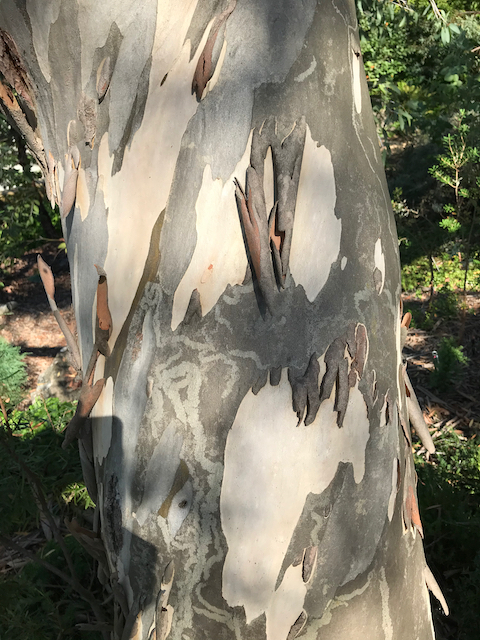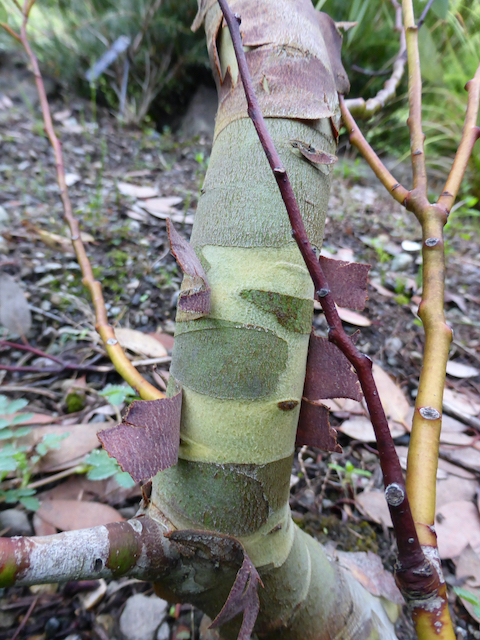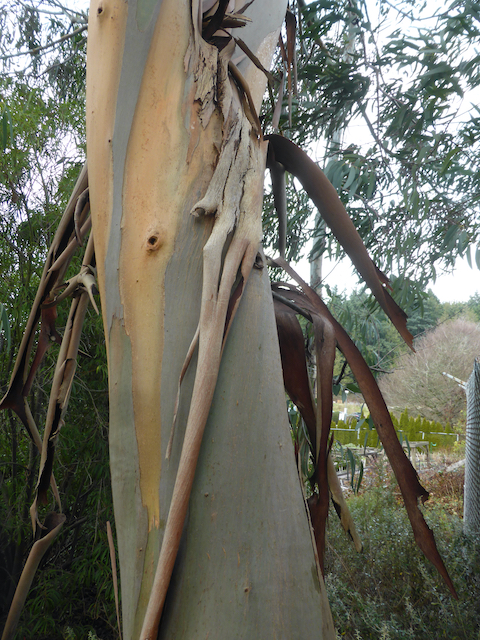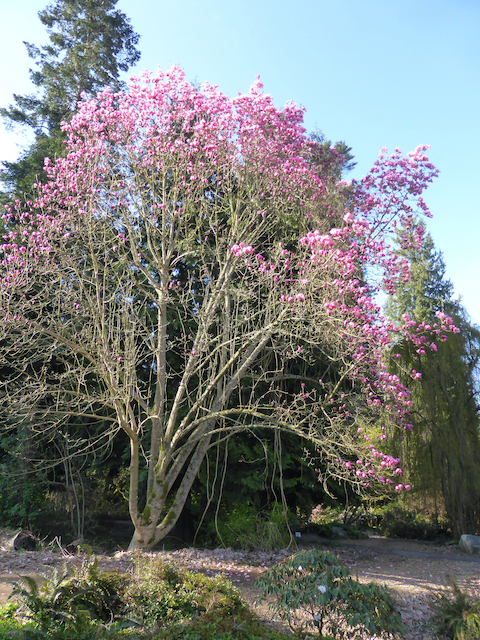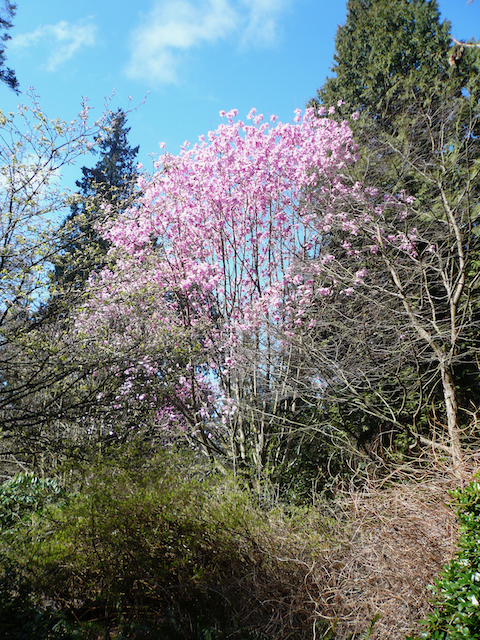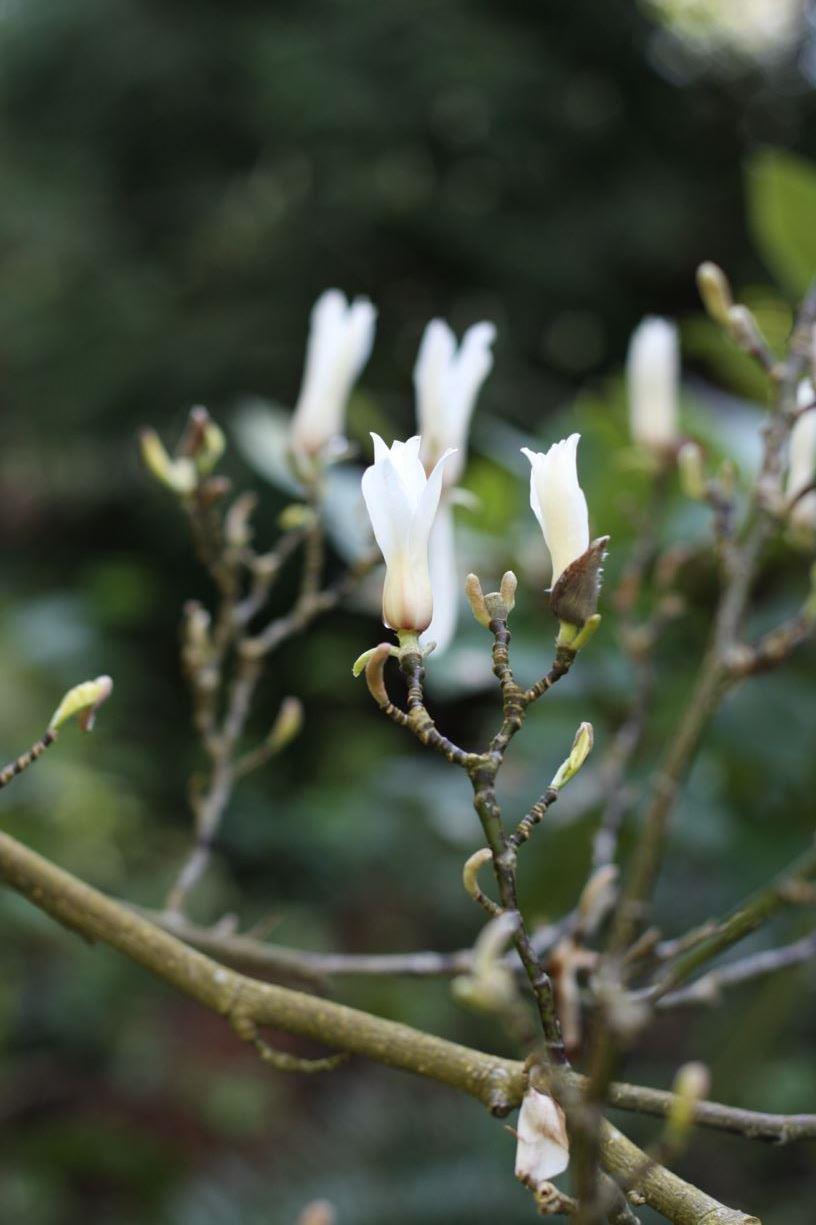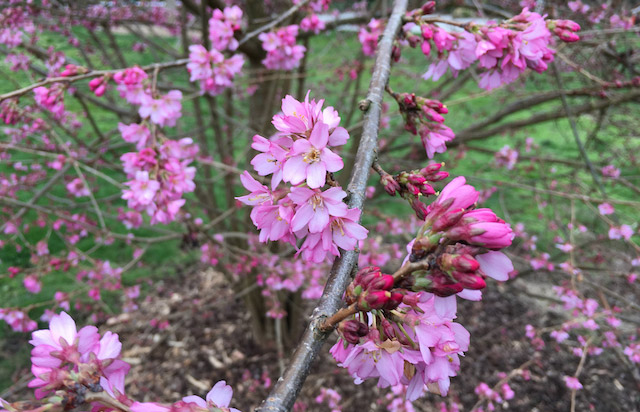
Prunus itosakura ‘Whitcomb’
For a self-guided tour, use Garden Explorer to locate plants featured in this month’s post. Select a tour in the drop-down menu. Note: see the end of the article for a gallery of photos.
After the considerable meteorological ups and downs of 2021, we are all hoping that this year’s weather will settle back into a more predictable routine. That would make my life easier, as I’m frequently asked when particular plants are going to be at “peak-bloom.” Despite closely, though admittedly, casually, watching flower phenology (the timing of flowering) for decades, I’m regularly surprised by the weather and my long-term predictions are frequently pushed off by weeks. Nevertheless, I’ll go out on a limb and say that most of our early Asian magnolias will have reached their peak of perfection around the time you’re reading this blog. If we have a killing frost in late March, I’ll have to eat my words (and it’s happened before—early in the 2000s, folks from the International Magnolia Society came to UBC in the first week of April, only to see blackened flower buds!).
In the David C. Lam Asian Garden, Magnolia zenii, usually our first to open its buds, started in mid-March, and while the specimen of Zen’s magnolia at Maries Trail and the Service Road may have finished, there are two others that start a week or so later (one by Kingdon Ward Way and Upper Asian Way and the other on Lower Asian Way west of Kingdon Ward Way). Next on the blooming calendar is usually M. sargentiana ‘Blood Moon’, visible from Lower Asian Way and Stearn Trail. This often coincides with the ever-popular bi-coloured and bubble-gum-scented M. sprengeri ‘Eric Savill’ (on the boardwalk next to the Ting, and at the west end of the parking lot). A flurry of M. sprengeri and M. sargentiana cultivars, selections and seedlings follows. For example, there is a lovely M. sargentiana next to ‘Eric Savill’ by the Ting. Perhaps the most reliably impressive of Dr. Sprenger’s magnolias in the Garden is the spectacular M. sprengeri var. diva, located where Upper Asian Way and Lower Asian Way diverge. Magnolia cylindrica (at the back of the Reception Centre) slides phenologically into the aforementioned group, as do M. denudata ‘Forrest’s Pink’ (on Kingdon Ward Way at Henry Trail) and M. dawsoniana (on Maries Trail near Farges Trail and on Siebold Trail at Rock Trail). In terms of numbers, M. campbellii is the most common of the Garden’s magnolias, and it is among the most interesting of the Asian species, given its enormous colour range (white, cream, salmon, pink, magenta, etc.), flower size and variation in cold-hardiness (corresponding to its wide distribution from the Himalayas to western China and Indochina). Perhaps the most notable of the Campbell magnolias is the striking magenta-purple-flowered ‘Borde Hill’ located at Lower Asian Way at Campbell Trail. Many of these magnolias are monitored phenologically by a devoted group of FOGs (Friends of the Garden). Tracked specimens can be identified by the large yellow labels that hang with their name tags. Magnolias don’t stop in April, of course. The North American species and the Asian evergreen species continue through the spring and into the summer.
The later in the season a plant normally comes into bloom, the more predictable it is, phenologically speaking—though overwintering flower buds have to first get through the winter. Our Taiwan princess tree, Paulownia kawakamii (top of the bank in the Wharton Cherry Grove), which has magnificent flowers and would normally open them in late April or early May, had all of its buds frozen in December’s deep freeze. I suspect that there’s plenty of branch dieback in that lovely, but somewhat tender species, as well. The cold-hardy princess tree, P. tomentosa var. tsinlingensis of which there are several specimens visible from the parking lot and the Ting, appear unscathed and on schedule to start blooming later this month. Some of our broad-leaf evergreen trees were also hit hard by the cold. A number of Eucalyptus species, for example, had branches killed and leaves so disfigured that we felt it best to cut the trees down. They’ll come back. They always do, as most Eucalyptus are adapted to resprouting after catastrophic damage. On the other hand, several eucalypts were untouched by the cold and are looking especially attractive, particularly as their lesser compatriots are no longer competing for attention. Visitors can find Eucalyptus coccifera (Kunanyi peppermint), E. perriniana (spinning gum) and E. pauciflora subsp. niphophila (Tasmanian snow gum), in the Australasian section of the E.H. Lohbrunner Alpine Garden.
This looks to be a good year for April-flowering cherry trees whose cold-tolerant buds are plentiful this year. In the Wharton Cherry Grove, look for the early-blooming, deep-pink-flowered Prunus itosakura ‘Whitcomb’ (which started opening its buds in February), P. ‘Accolade’ (vibrant light pink, semi-double flowers) and P. ‘Umineko’ (copious small, white flowers on crowded, stiffly-upright stems). The cultivar ‘Pandora’ (loose, soft-pink flowers) follows hard on their heels in early April. Both ‘Umineko’ and ‘Pandora’ are modern flowering cherry hybrids developed by the British ornithologist and cherry collector, Collingwood Ingram (there is a recent biography of Ingram called ‘Cherry’ Ingram: The Englishman Who Saved Japan’s Blossoms, by Naoko Abe that is well worth reading). Prunus sargentii, known in Japan as O-yama-zakura, or the big mountain cherry, flowers with salmon-pink blossoms about this time. There is a group of three at the corner of Upper Asian Way and Straley Trail. Most of our later cherries are Sato-zakura (traditional Japanese “village cherries”). Early mid-April brings along ‘Suragadai-nioi’ (white flowers with an almond fragrance), ‘Ukon’ (yellow-stained, semi-double white flowers) and the husky, large-white-flowered ‘Tai-haku’ (great white cherry), a line of which is planted parallel to Marine Drive west of the Garden’s entrance. Later still, the magnificent, cream and soft-pink, fully-double ‘Ito-kukuri’ (still a small tree, but impressive), large-budded, white-flowered ‘Ojochin’ (large lantern cherry), double soft-pink ‘Ichiyo’, and luscious-pink, single- and semi-double-flowered ‘Mikuruma-gaeshi’ (the royal carriage returns) are show-stopping Sato-zakura. Two more cherries, P. maackii (a wild species from northeast China and Korea), known for its caramel-coloured bark and upright, candle-like inflorescences consisting of tiny white flowers, and P. ‘Gyoiko’ (another Sato-zakura type) with its unusual, green, white and purple-flushed flowers, may start to show in late April, but they are just as likely to wait for May. It all depends on the weather.
Submitted by: Douglas Justice, Associate Director, Horticulture and Collections
- M. campbellii
- M. dawsoniana
- M. sargentiana
- M. denudata ‘Forrest’s Pink’
- M. denudata ‘Forrest’s Pink’
- M. campbellii ‘Borde-Hill’
- Eucalyptus coccifer
- M. sargentiana
- Paulownia kawakami
- Prunus ‘Tai-haku’
- Prunus ‘Pandora’
- Eucalyptus coccifera
- Eucalyptus pauciflora subsp. niphophila
- M. campbellii
- M. campbellii
- Magnolia cylindrica
- Magnolia cylindrica
- M. sprengeri ‘Eric Savill’
- M. sprengeri ‘Eric Savill’
- M. sprengeri var. diva
- P. tomentosa var. tsinlingensis
- P. ‘Accolade’
- P. ‘Gyoiko’
- P. maackii
- P. ‘Mikuruma-gaeshi’
- P. ‘Ito-kukuri’
- P. ‘Ichiyo’
- Prunus itosakura ‘Whitcomb’
- P. ‘Ojochin’
- Prunus sargentii
- P. ‘Suragadai-nioi’
- P. ‘Umineko’
- P. ‘Ukon’
- Magnolia zenii
- P. maackii
- P. ‘Accolade’
- Eucalyptus coccifera
- E. pauciflora subsp. niphophila
- E. perriniana
- M. sprengeri var. diva
- M. sargentiana ‘Blood Moon’
- Magnolia zenii

